กลับหน้าโรงงานอุตสาหกรรม 02 มีนาคม 2563 |
 A system integrator that specializes in HVAC systems wanted to deploy a smart HVAC solution that operates as an energy saving as a service business model
A system integrator that specializes in HVAC systems wanted to deploy a smart HVAC solution that operates as an energy saving as a service business model 
Gaining Real-Time Inputs from the Physical Environment
Heating, ventilation, and air conditioning (HVAC) is the technology of indoor and vehicular environmental comfort. HVAC systems are mostly used in hypermarkets to provide shoppers comfort and acceptable indoor air quality; but they also consume massive amounts of energy. In order to optimize energy consumption, traditional HVAC systems collect energy usage data at intervals. Although traditional systems are good at retrieving energy consumption data, they lack rules-based logic capabilities to interpret the data and determine further action. Therefore, most HVAC systems rely on human operators to manually adjust the system based on its current environmental temperature, as essential equipment, such as chillers, pumps, and fans, is not connected to a network. Adopting sensors to acquire real-time data is not always that straightforward because of interoperability issues among the large variety of protocols in a network, making it a very costly upgrade to overcome this challenge. Another big hurdle is translating data into a timely response through automatically adjusted settings to fully optimize energy savings. A hypermarket required an Industrial Internet of Things (IIoT) solution that connected chillers, pumps, fans, and sensors to enable automated demand response control of the HVAC system, based on the real-time temperatures in the hypermarket and business hours, to decrease the activation time of chiller systems and help the hypermarket save energy and reduce operating costs.
Active Energy Efficiency with Minimum Programming Efforts
By deploying resistance temperature detector (RTD) sensors, power meters, and Ethernet remote I/O in the physical environment, real-time serial, digital, and analog data about the environmental temperature, water-cooled chiller temperature, pump speed, and power consumption can be acquired and transmitted to the database to determine further action.
To automatically enable the settings adjustment of the chiller, pump, and fan, based on the real-time temperature in the hypermarket, the commands to regulate the functioning of the smart HVAC can be set by Click&Go Plus, a programming-free control logic that is included in the Ethernet remote I/O (ioLogik Series). The DI channels monitor the machine status of the chiller, pump, and fan. The DO channels control the settings of the chiller, pump, and fan, based on the information provided by the Ethernet remote I/O (ioLogik E1260), which takes temperature readings around the hypermarket. Click&Go Plus also benefits the hypermarket by allowing it to operate its HVAC system according to its business hours. Another key feature of Moxa’s solution is that the I/O and connected serial device’s data, e.g., power meters, can be sent to the MySQL database, displaying the system and energy usage status via the web server. By collecting field site OT data and sending it through Moxa’s data acquisition suite (MX-AOPC Suite) to the database reduces system integrators’ workload immensely. What’s more, it allows the customer to connect its legacy HVAC OT systems to IIoT networks.
The hypermarket’s management can log into a web console that allows them to monitor the entire HVAC system and the amount of energy that has been saved. As the HVAC system can now be remotely monitored, engineers do not need to be dispatched for routine inspections. They are only sent out when a problem arises that needs immediate attention. Both of these features help the end user reduce the total cost of ownership significantly.
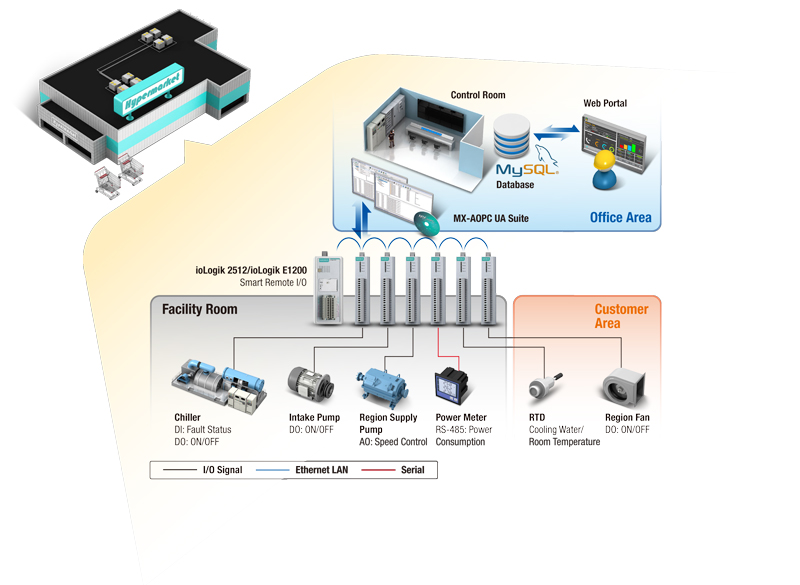
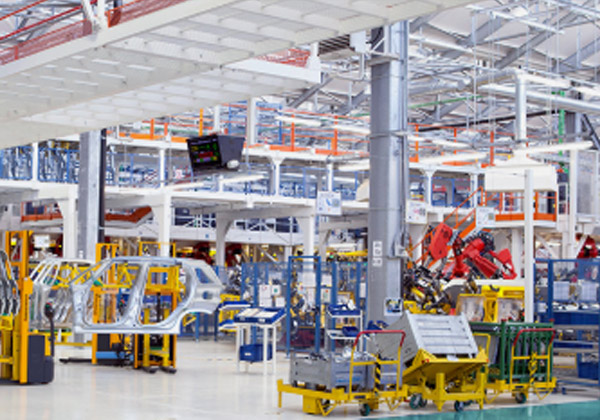
Realize Security Visualization for Your Large-Scale Networks
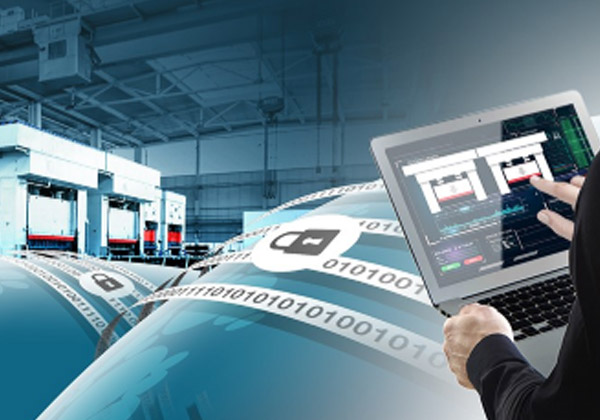
Easy and Secure Remote Access for Improved Machinery Services

น้ำมันและก๊าซธรรมชาติ
Oil & Gas
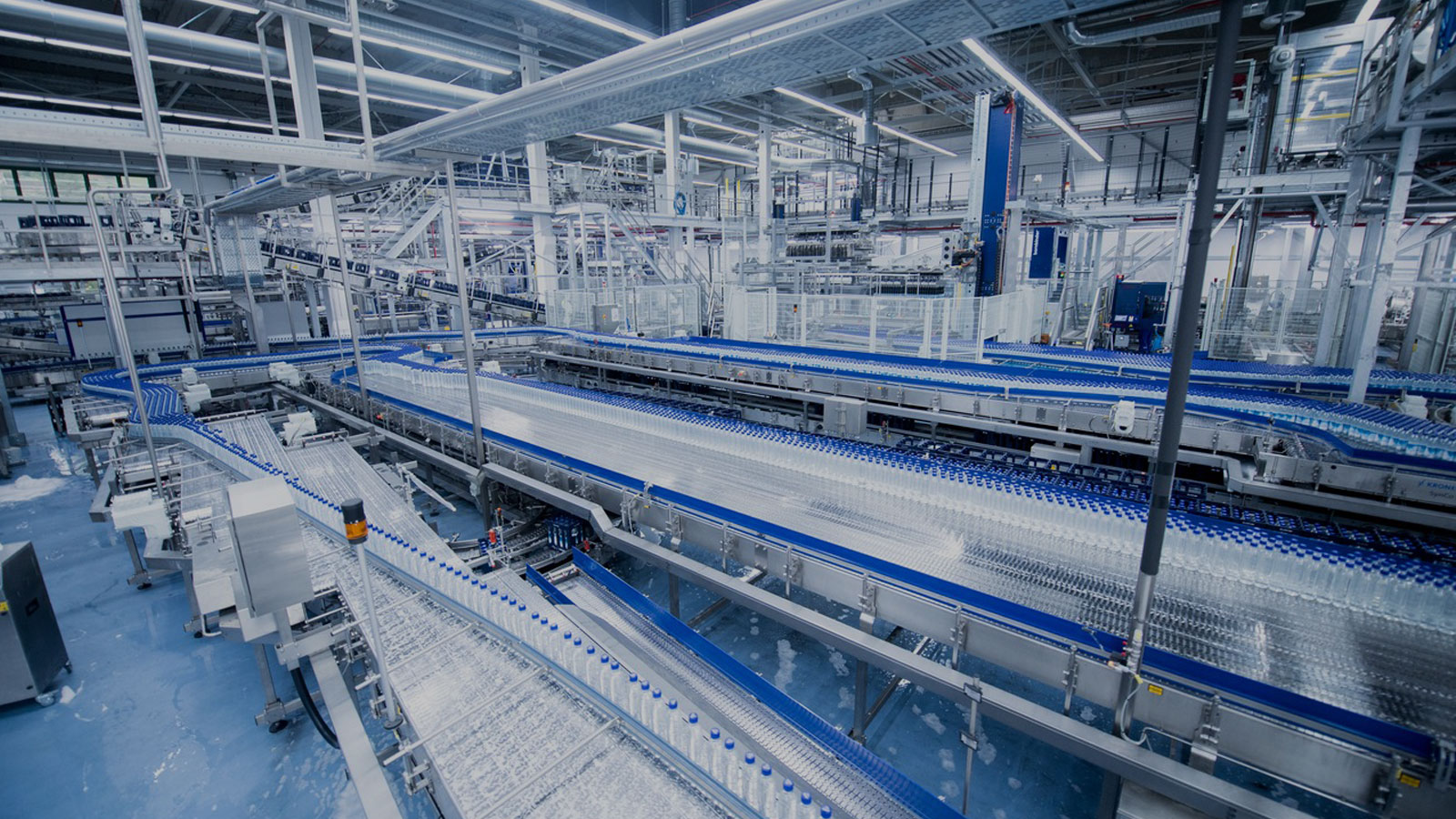
โรงงานอุตสาหกรรม
Manufacturing
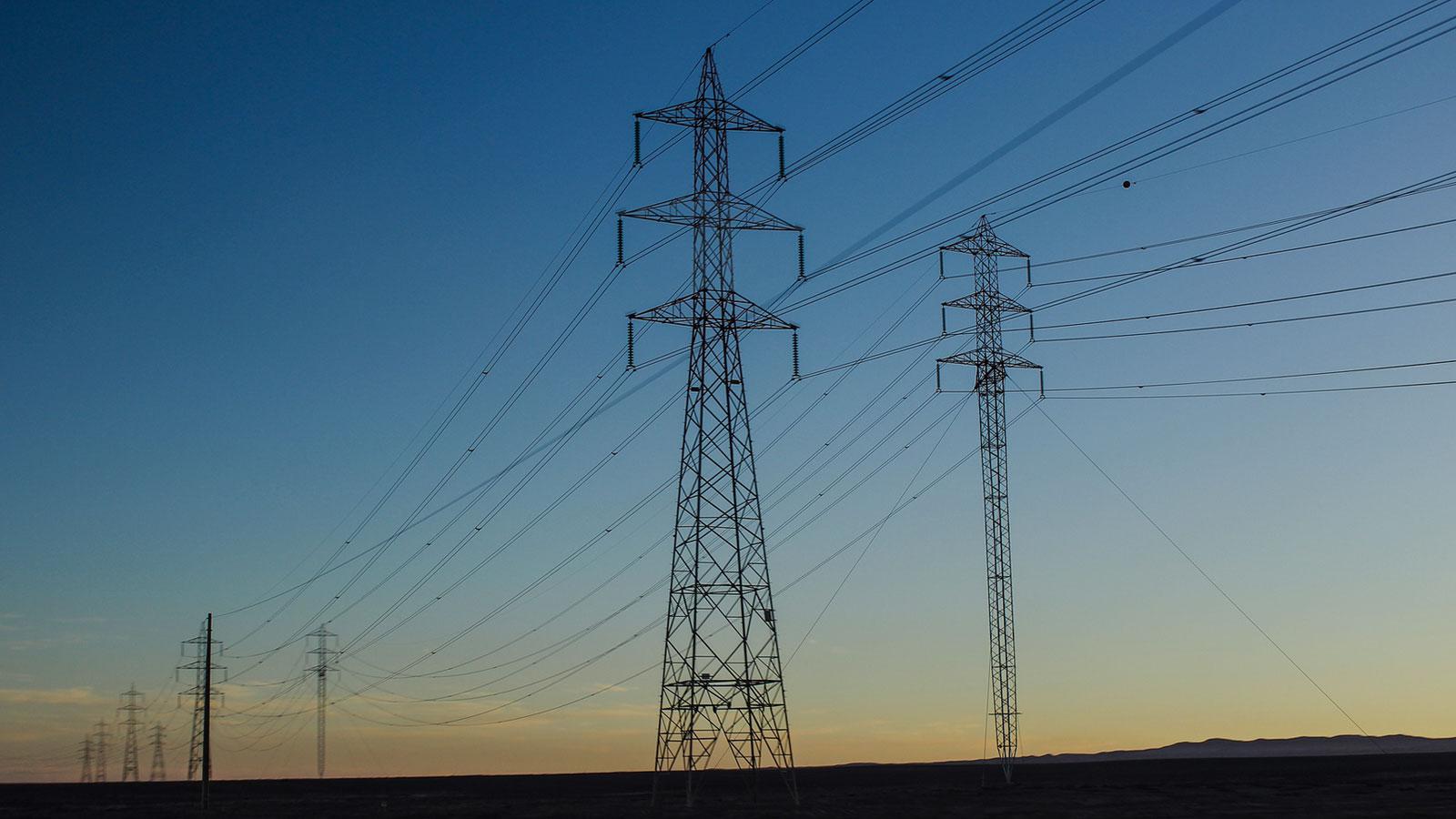
พลังงานและสาธารณูปโภค
Power & Public utility

งานขนส่งอัจฉริยะ
Intelligent Transportation

งานขนส่งระบบราง
Rail

งานขนส่งทางทะเล
Marine

KVM Extenders
KVM Extenders

COLD CHAIN MONITORING
COLD CHAIN MONITORING
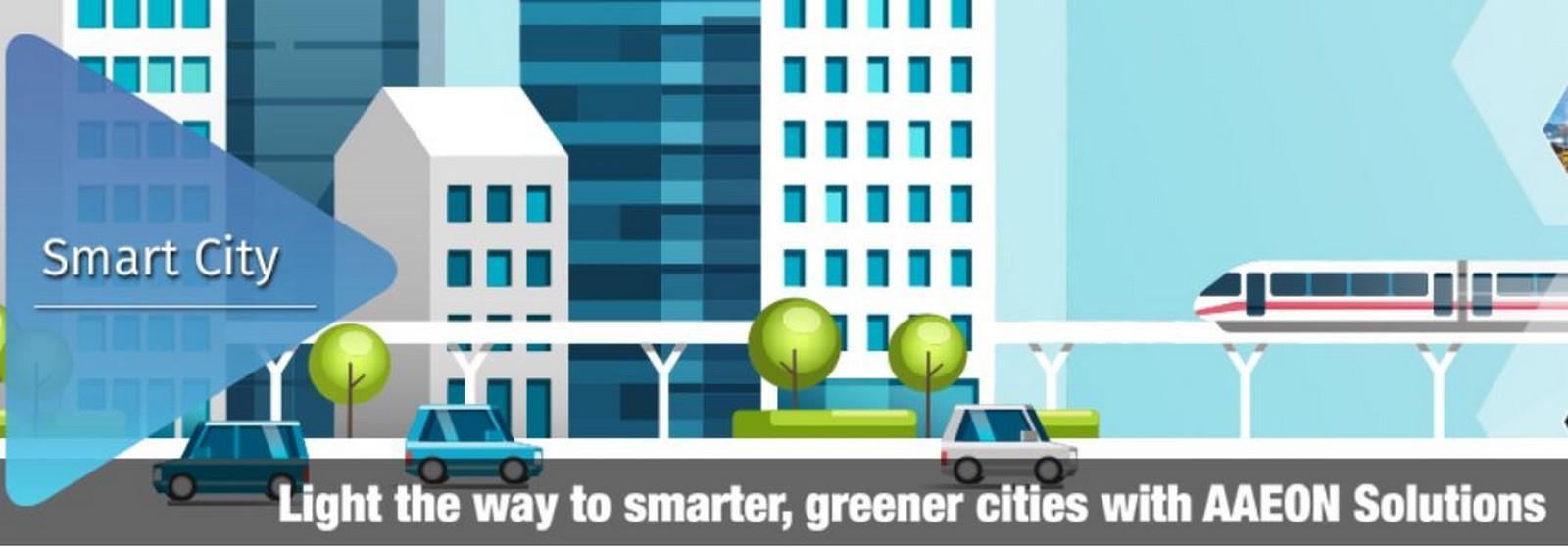
เมืองอัจฉริยะ
Smart City

แพลตฟอร์มคอมพิวเตอร์ เอไอ
AI Computing Platform